CSCE 413: Software Security
Regular UnderGrad Course, TAMU, 2025
What to expect from this course?
The educational approach will be inspired from:
- Reverse Engineering
- Exploit Development
- Capture-the-flags (CTF)
The content will cover typical vulnerabilities in:
- Linux servers.
- Android Apps.
- Web Apps.
The projects will be hands-on. Students are expected to be able to find vulnerabilities in real apps.
Covered content:
- Introduction to Security:
- What is Security: ACID Properties.
- Web Security:
- OWASP Top-10 Web.
- Directory Traversal.
- Google Dorks.
- Replay Attacks.
- Authentication Failures.
- Web Vulnerability Scanners.
- Cross-Site Scripting (XSS).
- SQL Injection.
- Network Security:
- Man-In-The-Middle (MITM) Attacks.
- MITM with ARP Spoofing.
- Multi-Stage Attacks.
- Services open to the Internet (Shodan).
- Service Discovery (NMAP).
- Secure APIs.
- Port Scanning and Port Knocking.
- Honeypots.
- Mobile Apps Security:
- OWASP Top-10 Mobile.
- Smali Code & App Repackaging.
- Application Security:
- CVEs & Outdated Software (ExploitDB).
- Buffer Overflows.
- Ret2LibC.
- Return-Oriented Programming (ROP).
- Shellcode Development.
- Encoding: Metasploit.
- ROP Defenses: Control Flow Integrity.
- Malware:
- Rootkits & LD PRELOAD.
- Detection with YARA Rules.
- Crypto Miscellaneous:
- Password Cracking, Rainbow Tables, and Salting.
- Pseudo RNGs and Ransomware Key Recovery.
- Automated Tools:
- Vulnerability Scanners & Static Analyzers: CodeQL.
- Fuzzing for Bug Finding with AFL.
- Symbolic Execution with Angr.
- Tracing:
- Syscall Tracing with Strace.
- Function Tracing with Ltrace.
- Performance-based Tracing with Linux Perf.
- Debugging:
- Debugging with GDB and its Extensions (PwnTools).
- Creating your own Debugger with PTRACE.
A few classes were recorded; Check them HERE
What we achieved in Spring/25
The students were divided in teams that inspected real applications. They discovered several vulnerabilities, as follows:
The students developed a series of Google Dorks to query open websites:

The students easily found misconfigured websites, such as those vulnerable to directory traversal:
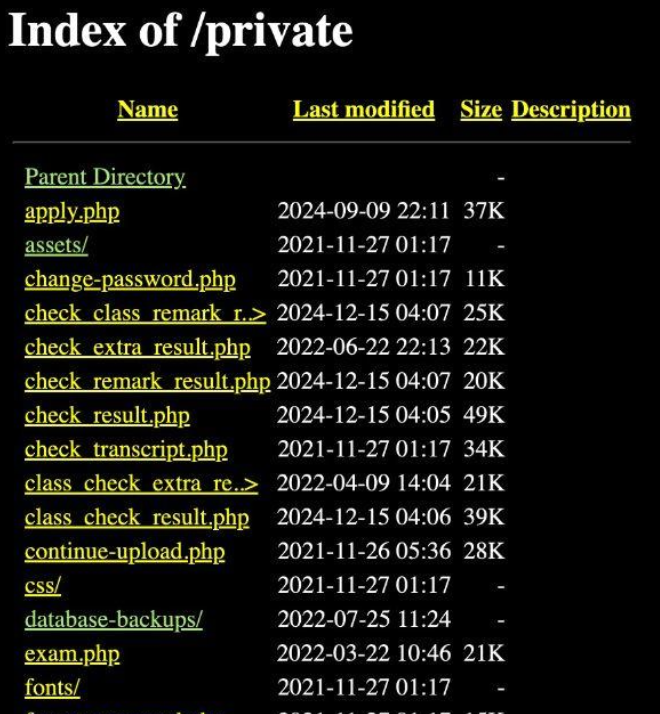
Many web applications have their security depending only on client-side configuration parameters that can be changed:

These parameters can be changed pragmatically, such as by manipulating headers:
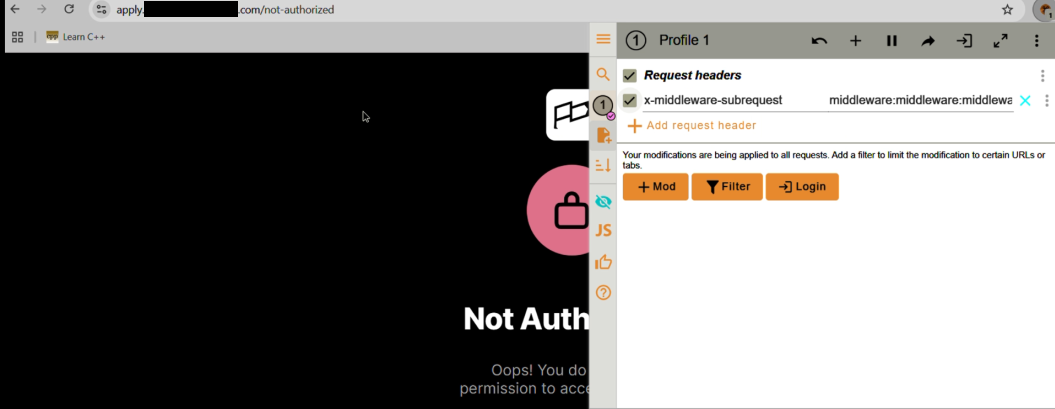
These manipulations completely bypass authentication schemes, which cause data leakage
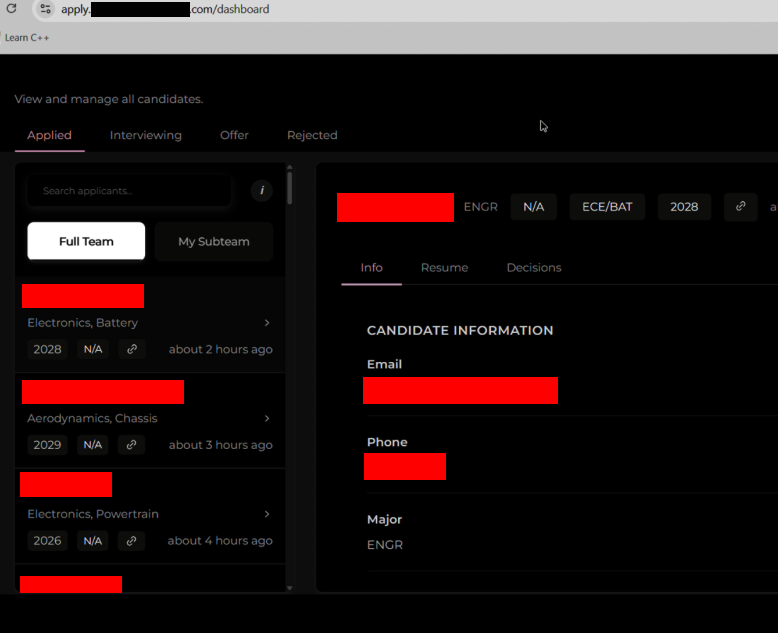
Most of the findings were classical XSS attacks:
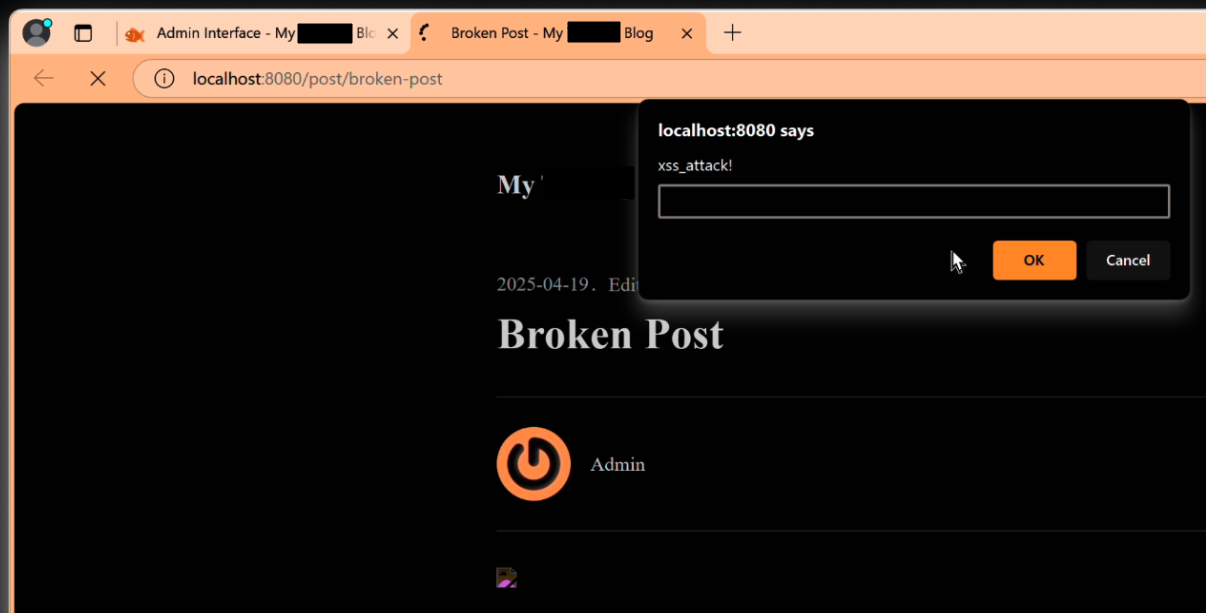
XSS were found in multiple websites by multiple students:

XSS abuse can be taken to the next level if used to inject code to steal data. The vulnerable form can be turned into a keylogger:
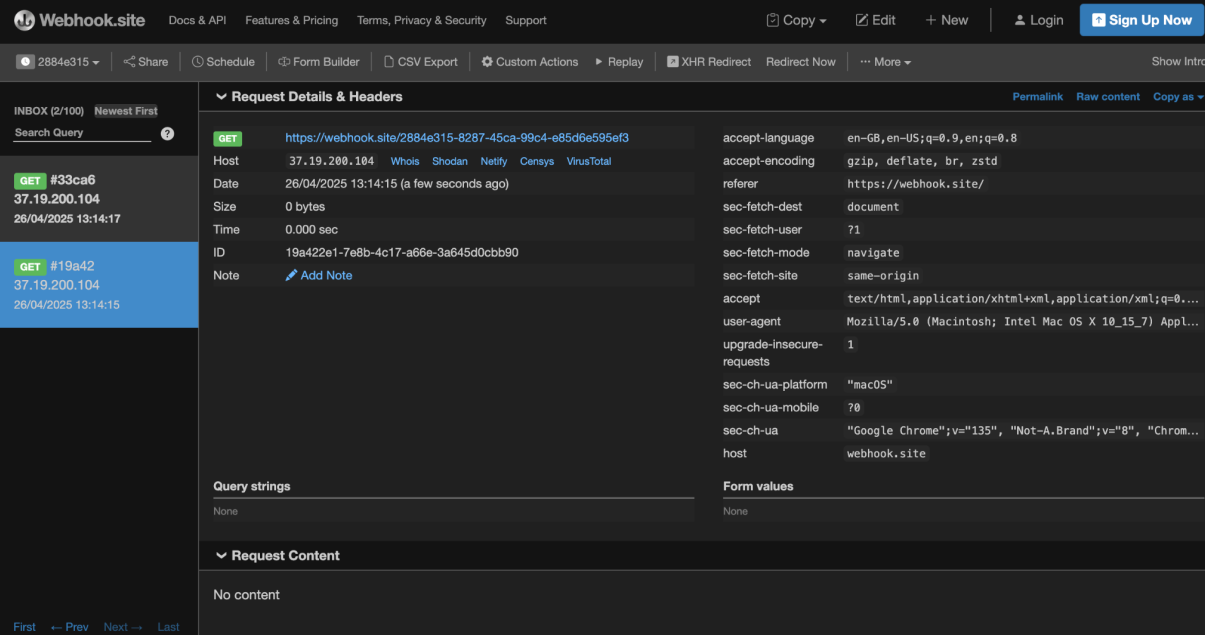
Another post-exploitation action is cookie stealing. One can systematize stealing via a panel:

A next level exploitation is to perform MITM attacks against application, another classic vulnerability type. One application might for instance end up transferring credits in plain:
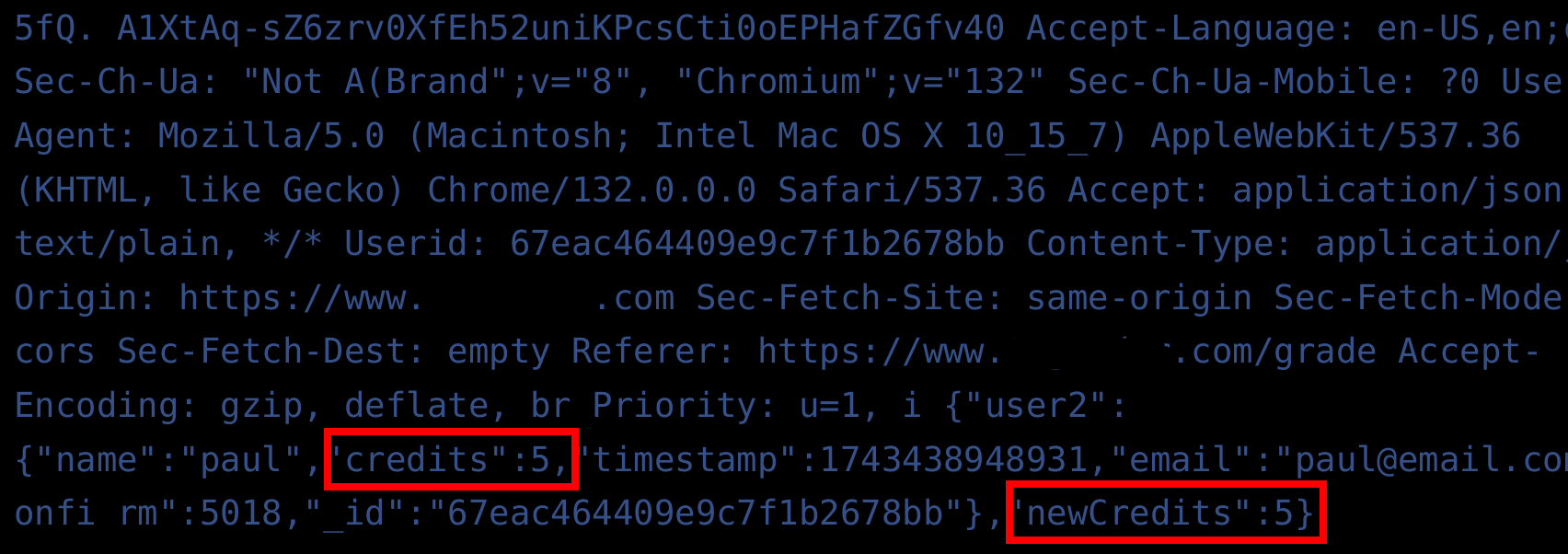
One team could manipulate those cases to add a clearly exaggerated number of credits to their own account:
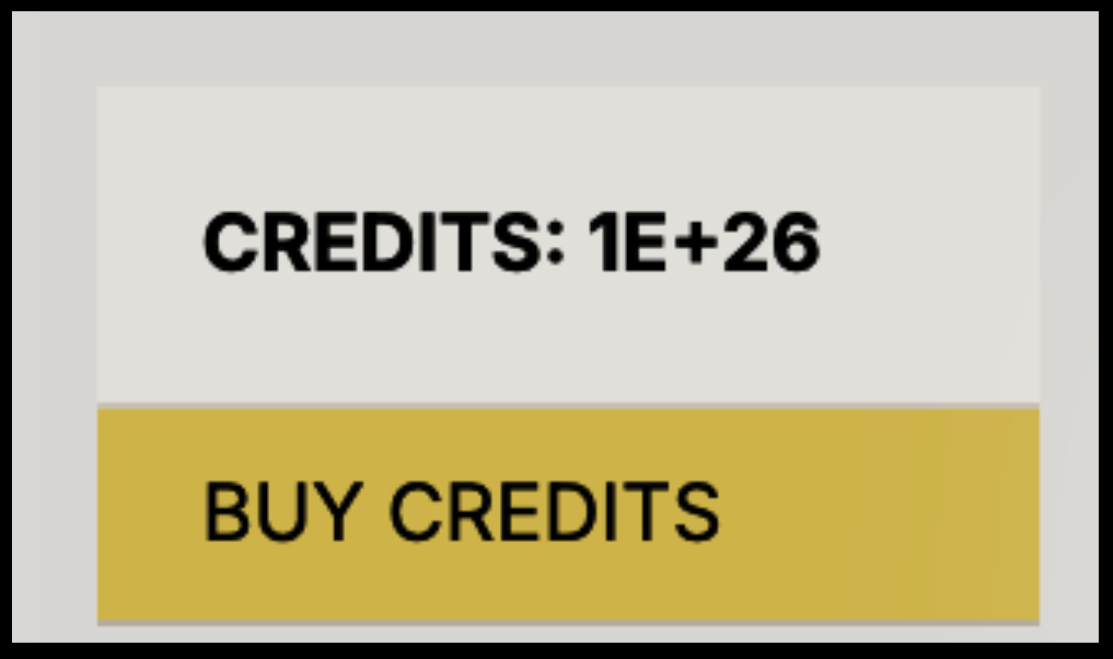
One could use the control over tokens passing on the network to cause the remote deletion of one’s account:

Vulnerabilities are also common in mobile applications. If the application is protected by a password, one can bruteforce it:
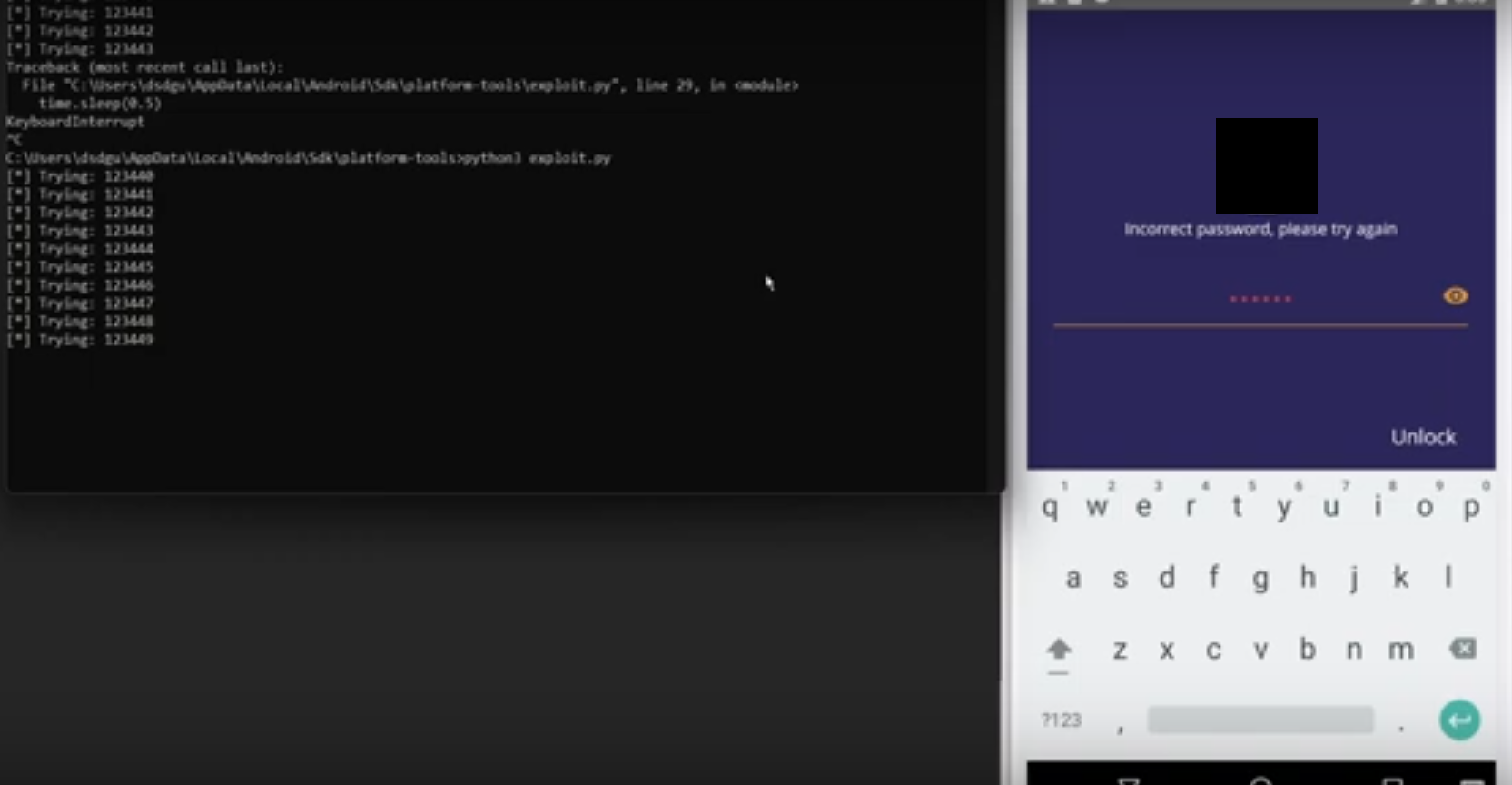
With an unlocked phone, one team was able to trigger an intent to make an application to go to foreground while screenshoting its sensitive information:
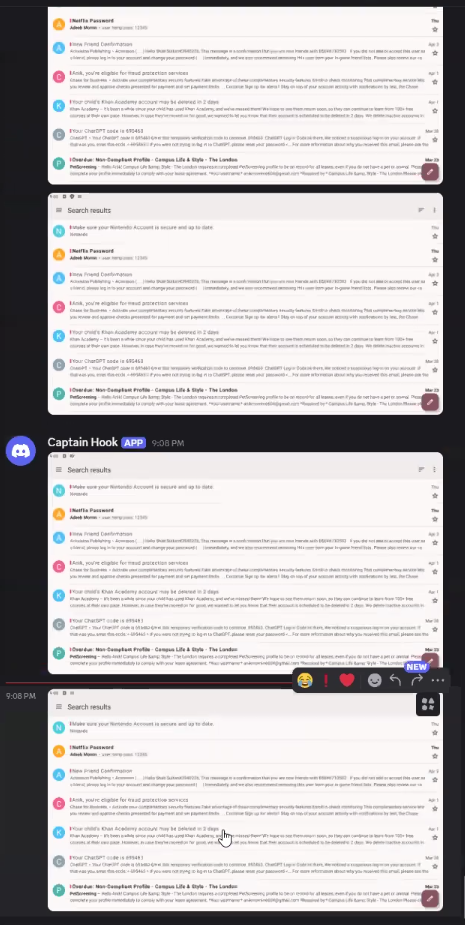
Don’t worry though. The students were also able to patch and verify patches in the applications:

All vulnerabilities were disclosed to the developers.
